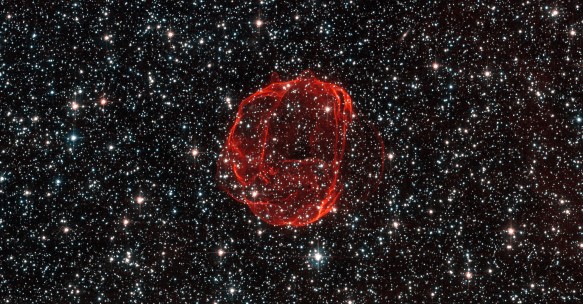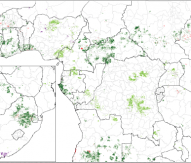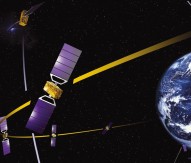
Queen’s scientists shed new light on star death
Astronomers at Queen’s University Belfast, Northern Ireland, have shed new light on the rarest and brightest exploding stars ever discovered in the Universe. It proposes that the most luminous supernovae are powered by small and incredibly dense neutron stars, with gigantic magnetic fields that spin hundreds of times a second.
Scientists observed two superluminous supernovae for over a year. Contrary to existing theories, which suggested that the brightest supernovae are caused by supermassive stars exploding, their findings suggest that their origins may be better explained by a type of explosion within the star’s core which creates a smaller but extremely dense and rapidly spinning magnetic star.
Matt Nicholl, a research student at the Astrophysics Research Centre at Queen’s School of Mathematics and Physics, and lead author of the study, said: “Supernovae are several billions of times brighter than the Sun and in fact are so bright that amateur astronomers regularly search for new ones in nearby galaxies. It has been known for decades that the heat and light from these supernovae come from powerful blast-waves and radioactive material.”
Nicoll said some very unusual supernovae explosions were too bright to be explained using current theories and the study provided a new explanation.
“In a supernova explosion, the star’s outer layers are violently ejected, while its core collapses to form an extremely dense neutron star – weighing as much as the Sun but only tens of kilometres across. We think that, in a small number of cases, the neutron star has a very strong magnetic field, and spins incredibly quickly – about 300 times a second. As it slows down, it could transmit the spin energy into the supernova, via magnetism, making it much brighter than normal. The data we have seems to match that prediction almost exactly.”
The study is part-funded by the European Research Council and is published in Nature magazine.






